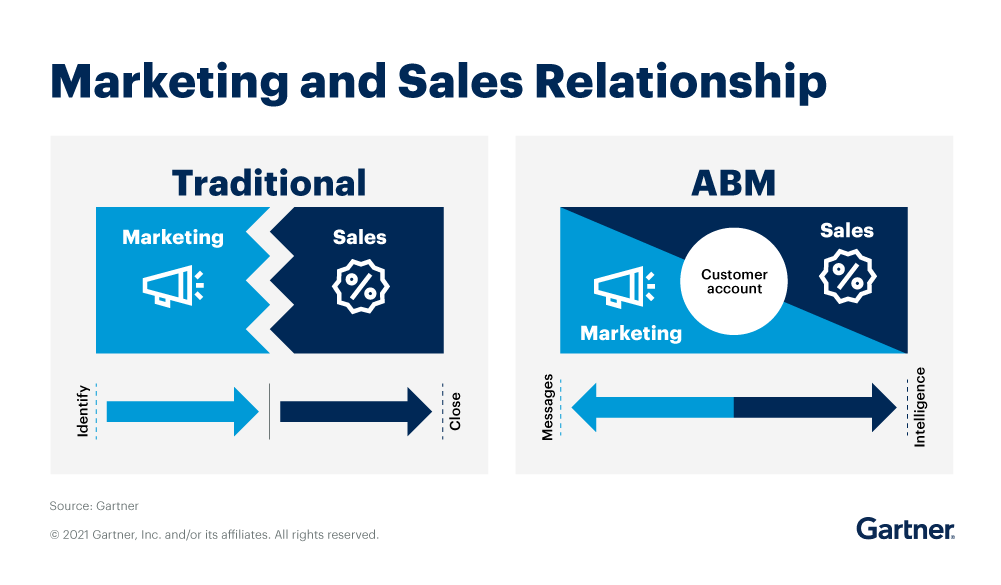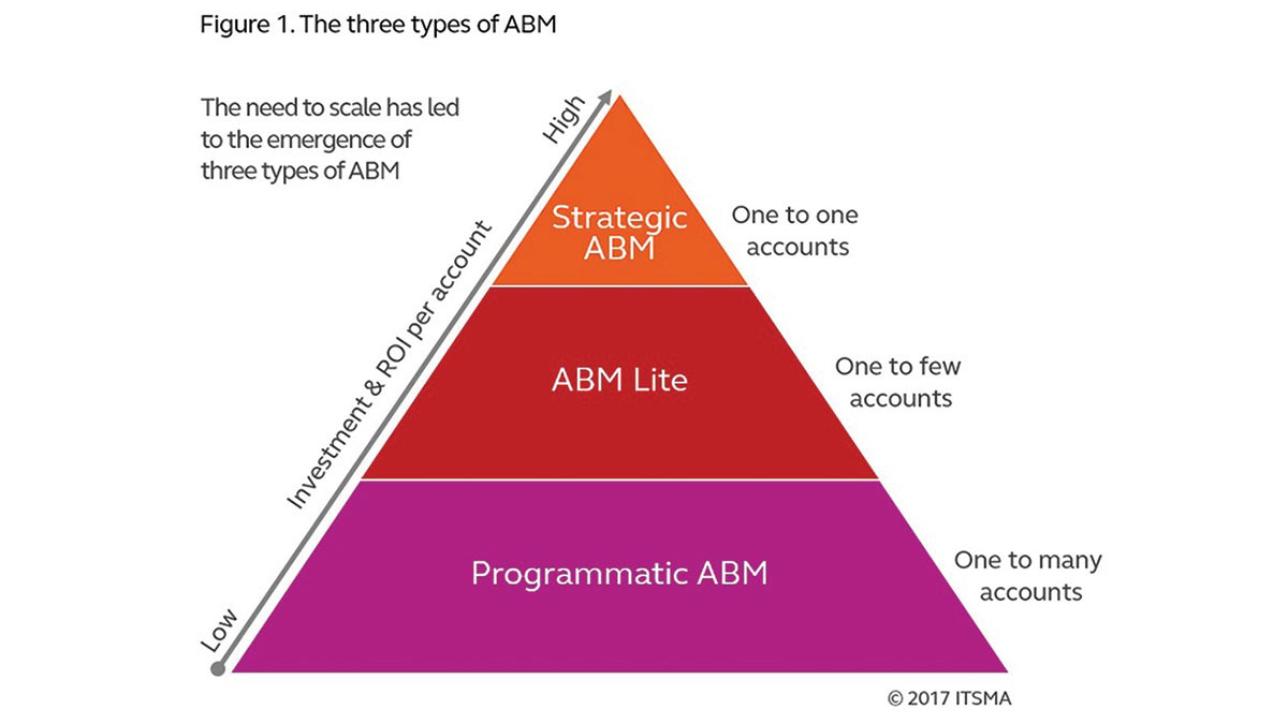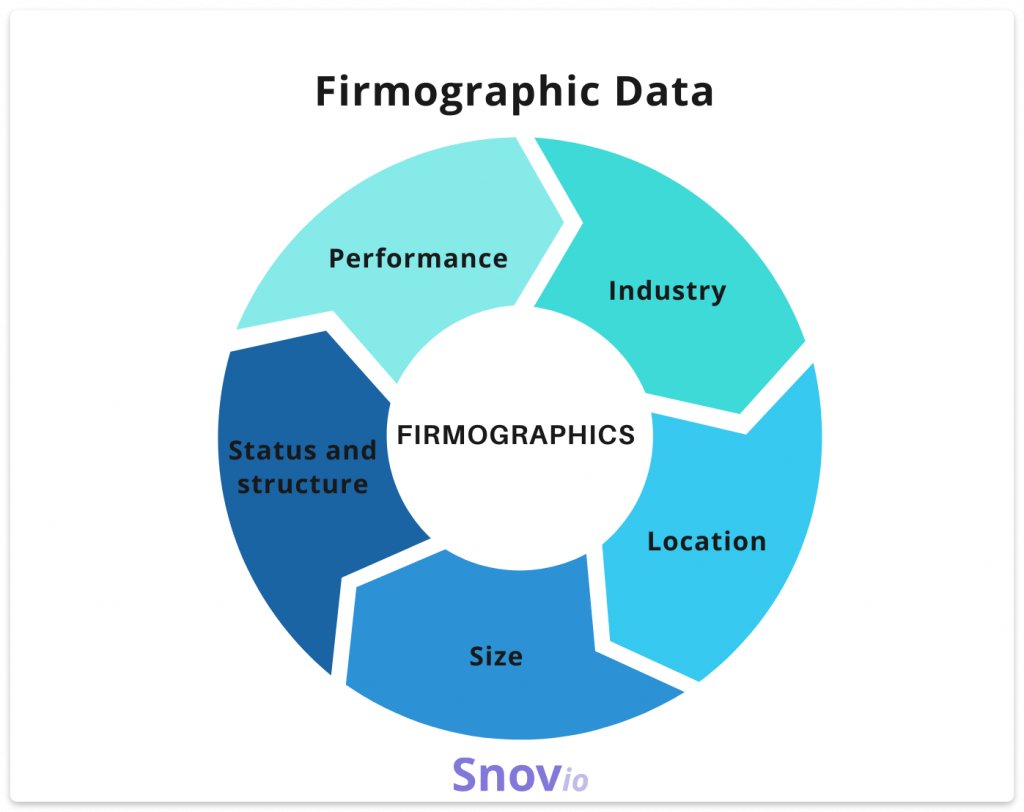Account-based marketing, or ABM, is a strategic approach to personalized marketing that focuses on carefully selected key accounts rather than the entire market. To get the most out of your ABM strategy, it’s important to scale effectively. ABM programs that are properly executed can generate up to 10X more ROI than traditional lead marketing programs. According to reports, 96% of businesses see Account-based Marketing (ABM) as the significant revenue growth factor in B2B sales. This approach has been gaining popularity among marketers in recent years. It allows marketers to reach their desired audiences effectively with tailored social media campaigns, highly-targeted messages, and advertising initiatives.
Introduction to Account-based Marketing (ABM)?
Account-based marketing (ABM) is a strategy that focuses on key accounts that your company wants to convert into paying customers. ABM aims to create personalized campaigns for each account, to drive engagement and conversions.

ABM is an effective way to scale marketing efforts and drive growth. Doing so will help you reach the right accounts, increase ROI, and deliver personalized experiences to your potential buyers. ABM best practices include fundamentals that set the stage to execute a successful go-to-market-ready ABM strategy.
- Identification of Your Ideal Accounts: Start by identifying the ideal accounts by defining a clear ideal client profile (ICP) and building a targeted account list.
- Execution of Multichannel Campaigns: Develop campaigns that include personalized content, events, direct mail, and digital channels for each targeted account.
- Determination of Performance metrics: Performance metrics are crucial because they track results and provide valuable information to your company. AI technologies can help your company define a framework for achieving various goals and generating profits.
- Measure Your Results: Account-based marketing results must be measured to grow faster. Monitor your results and adjust your strategies accordingly.
- Automate Processes: Streamline your ABM efforts by automating processes and utilizing technologies.
The Three Main Types of Account-Based Marketing
These types of account-based marketing are based on the number of targeted accounts and the strategic and financial value of the accounts.
1. Strategic ABM: One-to-One Marketing
The teams select one to five accounts with distinct needs and create hyper-targeted account marketing plans for these accounts.
2. ABM lite: One-to-Few Marketing
Creating and grouping ideal buyer personas, profiles, and segments is one of the ABM Lite activities. Then, teams create tailored content for the target audience.
3. Programmatic ABM: One-to-Many Marketing
Marketing teams use CRM software or marketing automation tools to group these accounts. Content personalization is applied to target accounts based on industry (e.g., automotive, manufacturing, or education) or broad descriptors such as area of expertise, company feature, or company size.

Difference Between ABM and Lead Generation Approach
The main difference between ABM and lead generation is the focus on quality over quantity. With lead generation, the goal is to generate as many leads as possible through many lead generation efforts. Account-based marketing aims to identify and target key accounts more likely to convert into clients. You will need to invest more time and resources into research and account selection up front, but you will be rewarded with higher-quality leads that are more likely to close.

What are the benefits of an ABM strategy for your B2B company?
One of the most frequently asked questions that pertain to an account-based marketing strategy is how it benefits an overall marketing strategy.
Increased ROI
Account-Based Marketing (ABM) effectively increases return on investment (ROI) for businesses. ABM uses tailored campaigns to engage clients, create deeper relationships, and increase sales conversion, resulting in increased ROI. Additionally, ABM helps businesses track and measure ROI, identifying which campaigns are working and optimizing accordingly.
Greater Client Lifetime Value
By building deeper relationships with key accounts, you can increase the lifetime value of each client. ABM helps companies to better segment audiences, build stronger relationships, and identify up-sell opportunities and cross-sell. As a result, companies that use ABM can reach more prospects, improve client engagement and loyalty, and create long-term relationships that can increase client lifetime value.
Improved Sales Pipeline Visibility
It has grown in popularity recently as businesses strive to increase and maximize their return on marketing investments while improving sales pipeline visibility. Companies that use ABM with highly-targeted messages, personalized content, and nurturing emails can easily track the success of their campaigns, giving them better visibility into sales pipelines and making it easier to track progress and identify potential bottlenecks.
More Efficient Use of Marketing Resources
ABM efficiently uses marketing resources as it allows marketers to focus their time, energy, and budget on marketing to a select group of accounts rather than a large, diverse pool of clients. By targeting only a few key accounts, you can better use your limited marketing resources and avoid wasting time and money on low-impact activities.
Enhanced Brand Awareness and Reputation
A well-executed ABM strategy can help raise brand awareness among target accounts while improving your company's reputation. This helps to accurately target the right accounts, which in turn increases awareness of your brand, as well as builds a live reputation for your brand. Furthermore, when these clients become loyal, they will advocate for your brand, increasing brand awareness and reputation.
Improves Campaign Effectiveness by Nurturing Buyers
Account-based marketing platforms process data much faster and more accurately than humans. Using automation and pattern recognition capabilities, such technologies can create more effective and personalized campaigns that nurture buyers throughout the sales cycle. This account-based marketing software allows you to design a more targeted marketing campaign that is more likely to produce better results and a higher ROI than a more generalized approach.
Six Steps to Scale Your Abm Efforts Faster and Drive More Qualified Leads
If you want to increase your marketing ROI and drive growth, account-based marketing (ABM) may be the answer. We'll provide the essential steps you need to take to start implementing an ABM strategy.
1. Align Your Sales and Marketing Teams
Sales and marketing alignment is essential for success with account-based marketing because it facilitates communications between teams, helping them work together towards a common sales goal. When these professionals synchronize and participate in sales conversations, they create a comprehensive go-to-market strategy that targets the right accounts and decision-makers within those companies.
The following are a few best practices to align your sales and marketing teams:
- Define your ideal client profile together.
- Create targeted account lists together.
- Develop highly-targeted messaging and personalized content with the help of account-based marketing platforms that speak to the specific needs of your target accounts.
- Work together on social media outreach and engagement tactics.
- Measure results and adjust your strategy based on what's working (and not working.)
2. Define, Identify, and Prioritize Your Target Accounts
Target definition, identification, and prioritization are critical steps in developing a target account database. You must first clearly identify your ideal client profile (ICP), which serves as the campaign's target audience. Start by thinking about the kind of business you wish to work with. What profession do they hold? What are the pain points? Once you've decided what attributes you seek in a client, you can start researching for potential accounts that fit those criteria. Use firmographic data with AI-enabled account-based marketing software to identify and prioritize your high-value accounts.

Once you've identified your ICP, you can research to identify potential target accounts and decision-makers or the stakeholders who meet that criterion. There are several methods for identifying potential target accounts. Account-based marketing software can assist you in locating businesses that match your ideal client profile. You can also look through online directories or go to industry events. When you've compiled a list of potential target accounts, it's time to prioritize them.
Finally, you must prioritize those accounts based on budget, timeline, and resources. When prioritizing target accounts, there are several factors to consider. First, consider your budget. How much money can you spend on marketing and sales for each account? Second, think about the timeline. Are there any deadlines you must meet? Third, consider your resources. Do you have the necessary internal resources to pursue each account?
3. Create Your Content Plan From Prospecting to the Website Experience
Scaling your account-based marketing efforts can be a daunting task, but by following these steps and creating a content plan, you can make the process much simpler and more effective.
The first step is to focus on your prospects. What pain points are they experiencing? What needs do they have that your product or service can address? Once you understand their challenges, you can create content that speaks directly to those needs.
Next, you need to think about the overall website experience. How can you make it easy for prospects to find the information they need and take the desired actions? One way to do this is by implementing targeted landing pages designed explicitly for account-based marketing campaigns.
Finally, don't forget about measurement. Make sure you have a system to track key metrics such as website visits, time on site, form submissions, and sales pipeline progress. This will help you determine what's working and where to make adjustments.
4. Leverage Paid Ads to Reach Your Accounts Across the Web
Paid advertising is an important part of any marketing mix. Still, it’s especially important when trying to reach your target accounts across the web because you can use paid ads to target your ideal buyer at each stage of their journey.
You can use a few different types of paid ads to reach your target accounts, and the best one for you will depend on your goals and budget. For example, display ads or retargeting ads may be a good option if you want to generate brand awareness among potential buyers. Search ads may be a better fit if you’re looking to drive traffic to specific landing pages or content pieces.
No matter what type of paid ad you choose, ensure you’re targeting the right accounts and stakeholders with the right message. That means creating ad campaigns specifically designed for each account type and using account-based keywords in your ad copy. You should also use dynamic creative optimization (DCO) to ensure that each ad is personalized for each account. Following these tips, you can leverage paid advertising to reach your target accounts across the web and scale your ABM efforts faster.
5. Leverage Content Syndication to Get More Contacts at Target Accounts
Content syndication is an effective way to reach more prospects and potential buyers at your target accounts. You can increase your visibility and grow your audience by distributing your content through syndication channels and social media.
Several ways to syndicate your content include social media, email, and paid advertising. However, the most effective method for reaching your target accounts is through a content syndication platform like S2W Media or Taboola.
Content syndication platforms allow you to place your content on high-traffic websites and apps, increasing your exposure to potential clients. Content syndication can be an extremely effective way to scale your ABM efforts and generate new leads at target accounts.
6. Nurture Your Relationships
It's no secret that strong relationships are key to a successful account-based marketing (ABM) strategy. After all, ABM is about building targeted, personalized campaigns for specific accounts - something that can only be done with a deep understanding of the account, its challenges, and its unique needs.
That's why one of the most important steps you can take to scale your account-based marketing efforts is to nurture your relationships with key accounts and their stakeholders. This means staying in regular contact, keeping them updated on your product or service, and getting to know their business inside and out. Building these strong relationships takes time and effort, but it's worth it. When you have a good relationship with an account, they're more likely to trust you, engage with your content, and do business with you.
Conclusion
Account-Based Marketing (ABM) is an effective tool for modern businesses aiming to boost their marketing ROI. ABM has outperformed traditional marketing methods regarding conversion rate and lead quality. At S2W Media we can assist you in creating a successful account-based marketing strategy for your business. Amplify your ABM campaigns with a content syndication campaign across S2W Media's 1st party audience of B2B technology and services buyers. ABM list matching and buying group expansion available for all campaign tactics. Increase revenue and accelerate growth by scheduling a meeting with S2W Media to learn more.



-Jul-21-2025-12-08-29-6589-PM.png?width=390&height=195&name=63c7dff535ae7b02fbda8762_MicrosoftTeams-image%20(113)-Jul-21-2025-12-08-29-6589-PM.png)